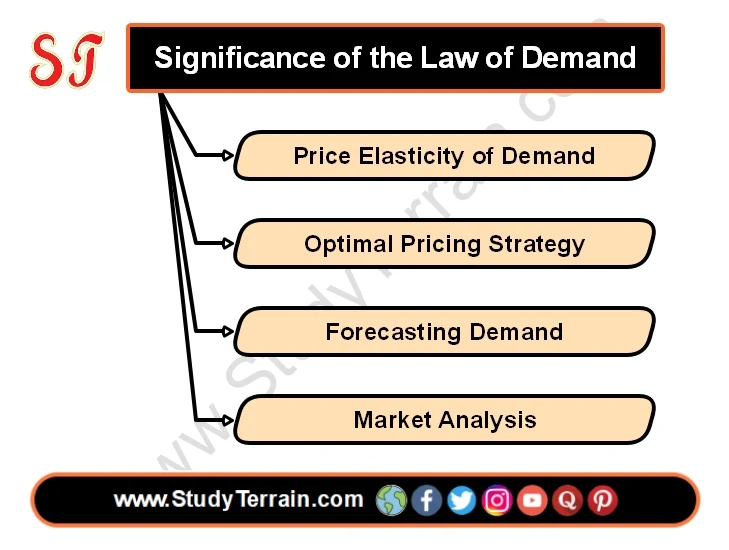In the vast field of economics, few concepts are as fundamental and universally applicable as the law of demand. It serves as the cornerstone for understanding consumer behavior and market dynamics. In this article, we'll delve into what the law of demand is, how it works, and its significance in economic analysis.
Table of content (toc)
What is the Law of Demand?
The law of demand states that, all else being equal, as the price of a good or service increases, the quantity demanded for that good or service decreases, and vice versa. In simpler terms, when the price of a product goes up, consumers tend to buy less of it, and when the price goes down, they tend to buy more. This inverse relationship between price and quantity demanded is a fundamental concept in economics.
How Does the Law of Demand Work?
The law of demand is illustrated through a demand curve, which shows the relationship between the price of a product and the quantity demanded by consumers. The demand curve is typically downward-sloping, indicating that as the price of a good decreases, the quantity demanded increases, and as the price increases, the quantity demanded decreases.
For example, let's consider the demand for a particular brand of smartphones. If the price of the smartphone decreases, consumers are more likely to purchase it because it becomes more affordable. On the other hand, if the price increases, consumers may opt for alternative brands or postpone their purchase, leading to a decrease in quantity demanded.
Significance of the Law of Demand
The law of demand is of immense importance in economic analysis and decision-making for several reasons:
 |
| Significance of the Law of Demand |
Price Elasticity of Demand
The law of demand forms the basis for calculating price elasticity of demand, which measures the responsiveness of quantity demanded to changes in price. This information is crucial for businesses in setting prices and forecasting sales revenue.
Optimal Pricing Strategy
Understanding the law of demand helps businesses determine the optimal pricing strategy for their products. By analyzing how changes in price affect quantity demanded, businesses can set prices that maximize revenue and profit.
Market Analysis
The law of demand provides insights into market trends and dynamics. By analyzing changes in consumer behavior and demand patterns, businesses can identify opportunities for growth and expansion.
Policy Making
Governments and policymakers use the law of demand to design and evaluate economic policies. For instance, tax policies, subsidies, and regulations can all influence consumer behavior by affecting prices and, consequently, demand.
Conclusion
The law of demand is a fundamental concept in economics that provides valuable insights into consumer behavior and market dynamics. By understanding how changes in price affect quantity demanded, economists, businesses, and policymakers can make informed decisions about pricing, production, and policy. As markets evolve and consumer preferences change, the law of demand remains a crucial tool for navigating the complexities of the marketplace and achieving economic efficiency
For more content visit Managerial Economics



